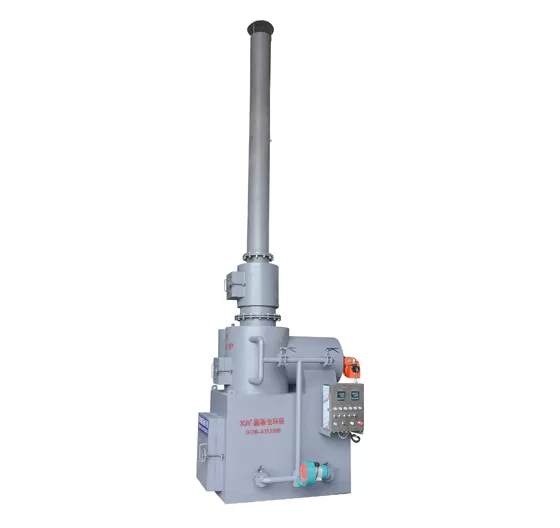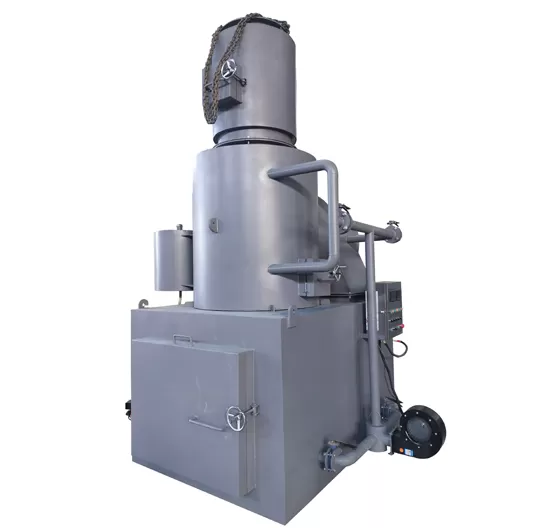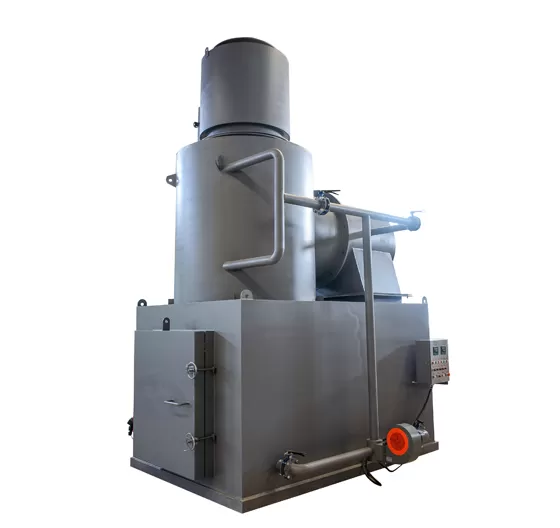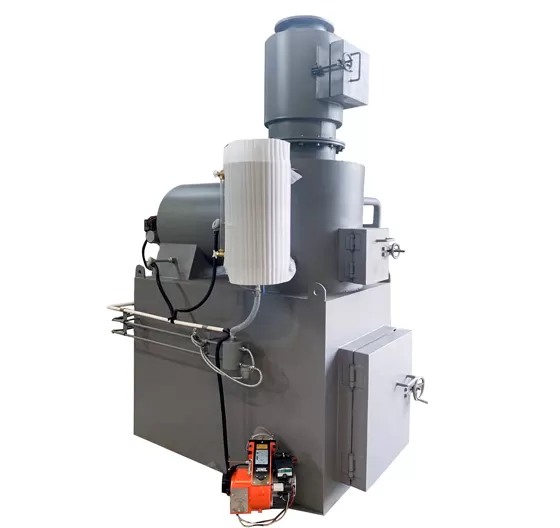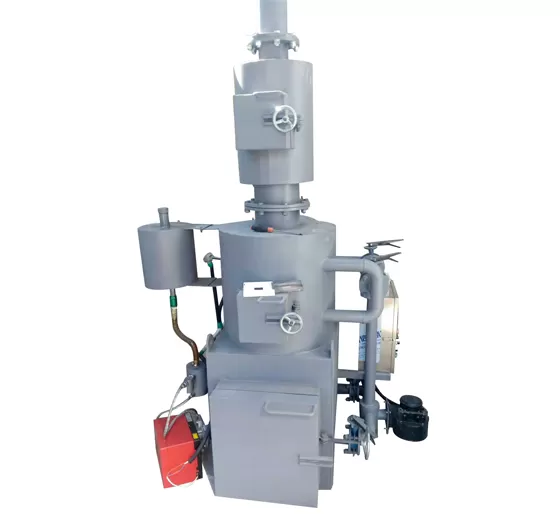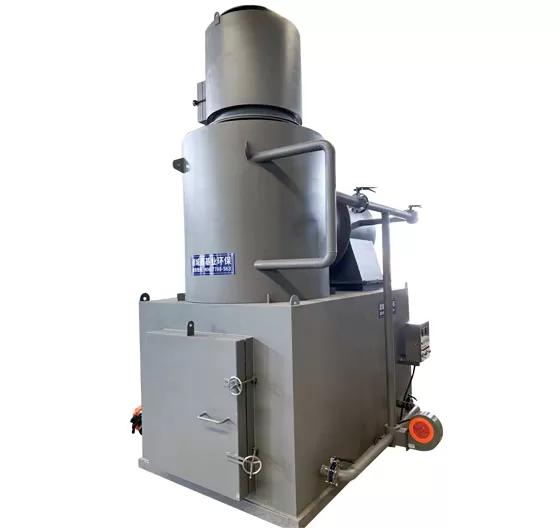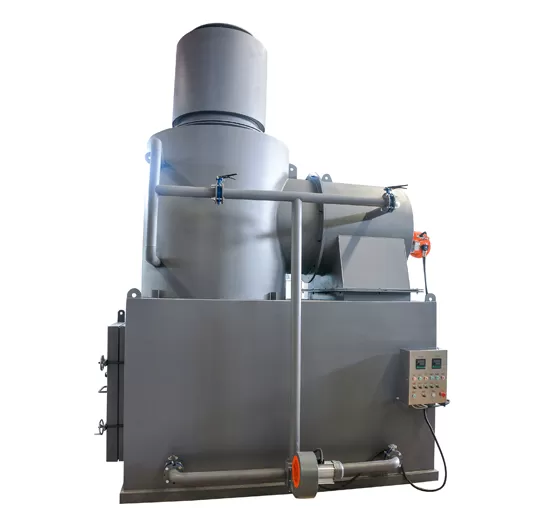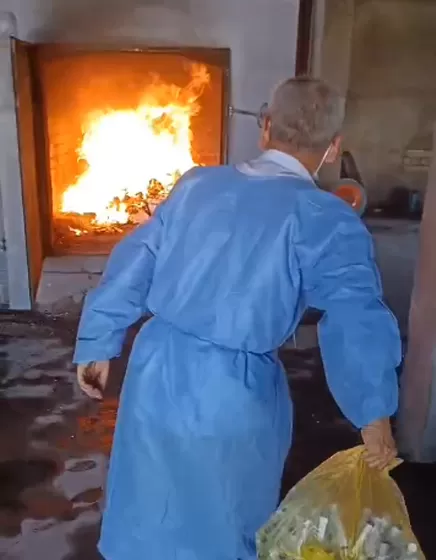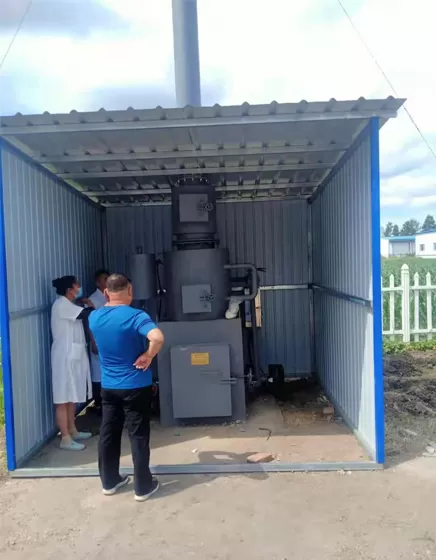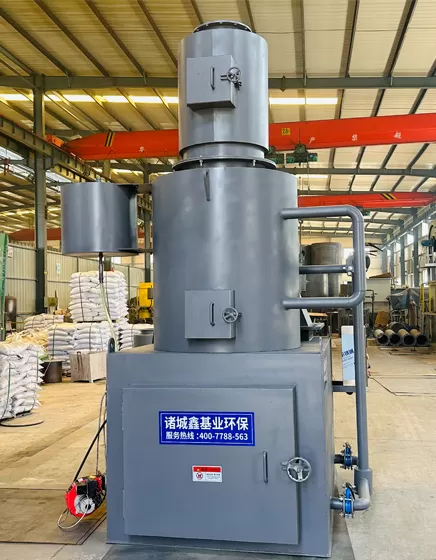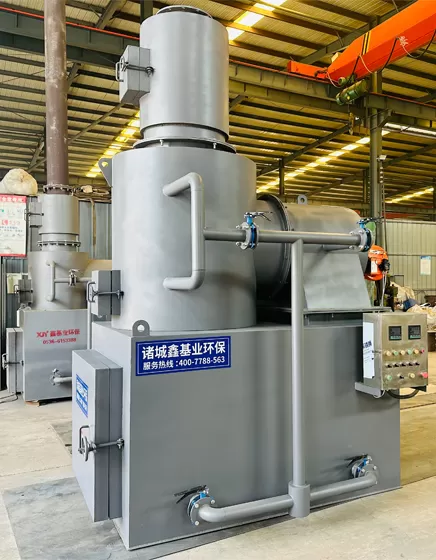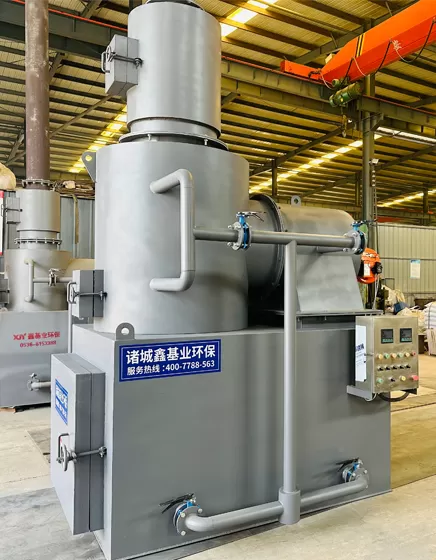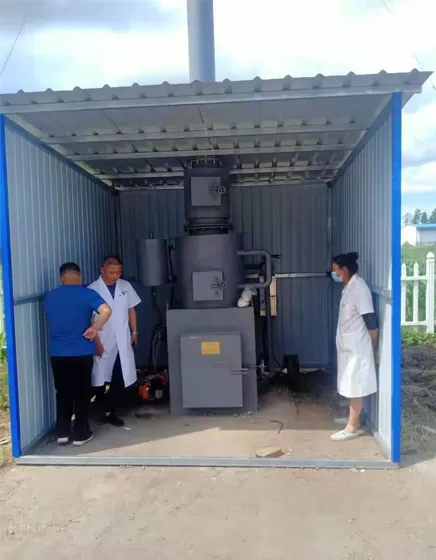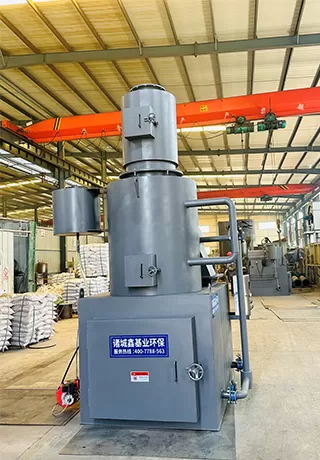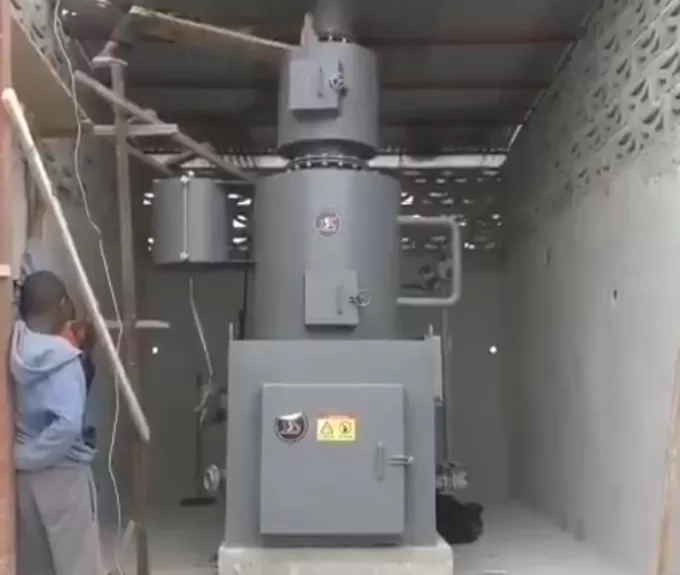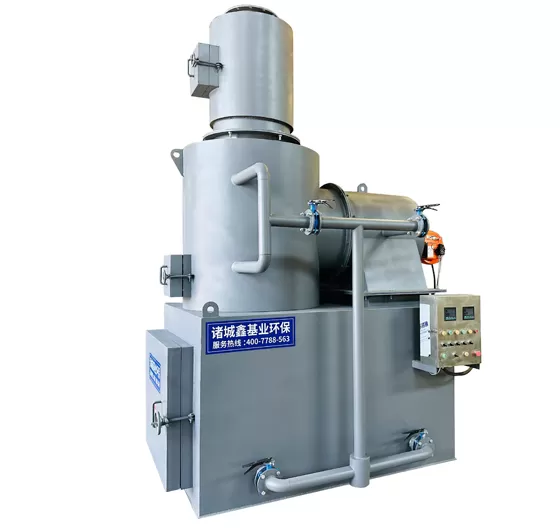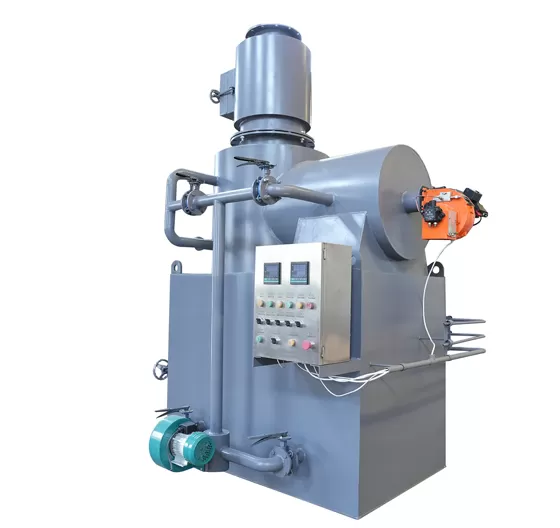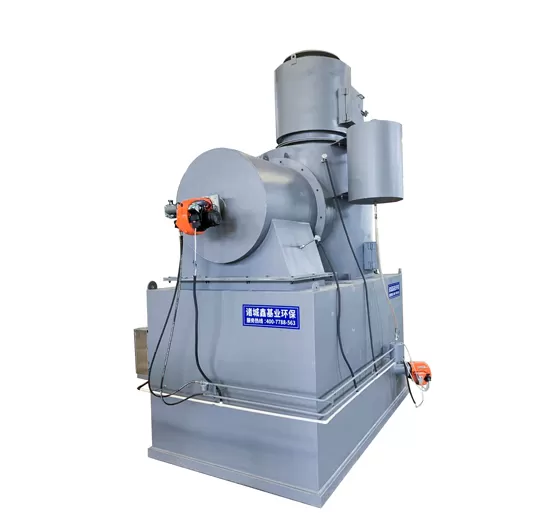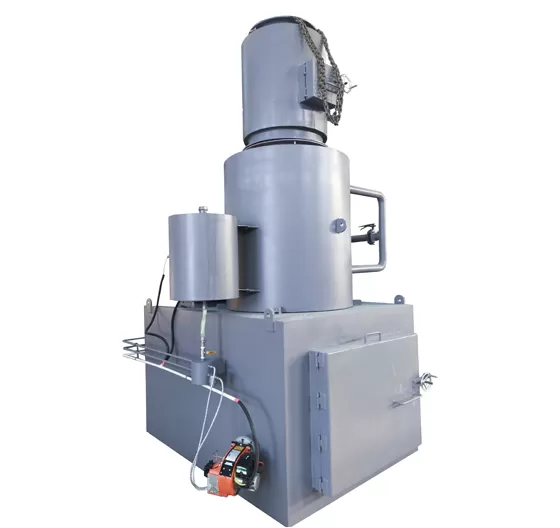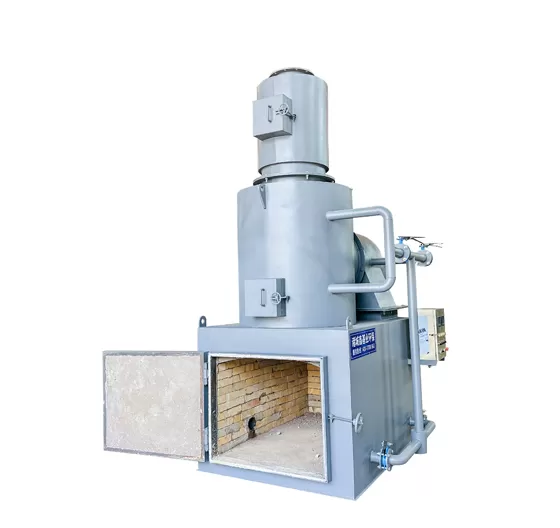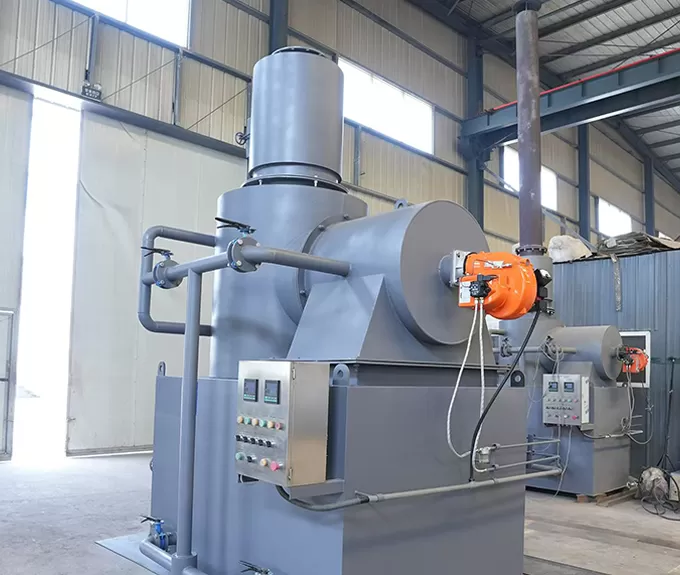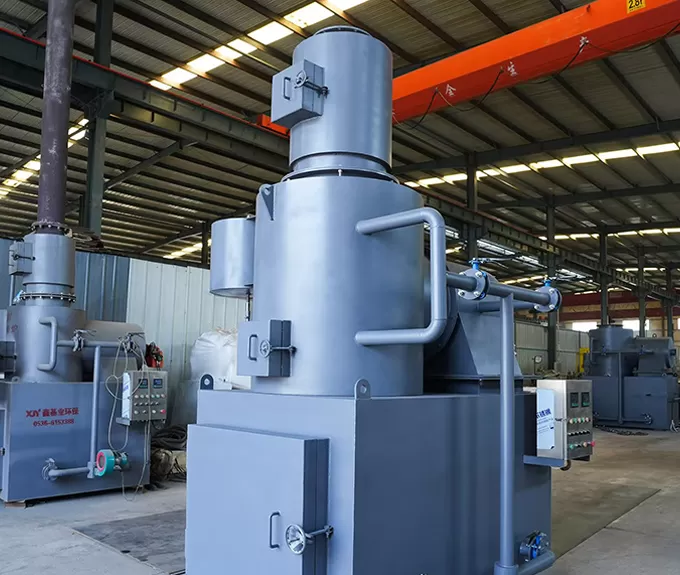A hospital waste incinerator is a specialized facility designed to burn medical waste at high temperatures, reducing it to ash and other byproducts. This process not only significantly reduces the volume of waste but also neutralizes pathogens and hazardous materials, ensuring that potentially infectious or harmful substances are destroyed before disposal.
High-Temperature Combustion: Hospital waste incinerators typically operate at temperatures between 850°C and 1,200°C. This high temperature ensures complete combustion of waste materials, breaking down complex chemical bonds and converting solid or liquid waste into gas and ash.
Pathogen Elimination: The intense heat effectively neutralizes pathogens, including bacteria, viruses, and other microorganisms, which is crucial for preventing the spread of infectious diseases.
Volume Reduction: Incineration can reduce waste volume by up to 90%, significantly decreasing the amount of waste that needs to be disposed of in landfills. This helps conserve landfill space and reduces the environmental impact of medical waste disposal.
Emission Control: Modern hospital waste incinerators are equipped with advanced air pollution control systems, such as dry or wet scrubbers, to capture and neutralize harmful emissions. These systems help ensure that the incinerator meets strict environmental regulations and limits the release of pollutants such as dioxins and furans.

